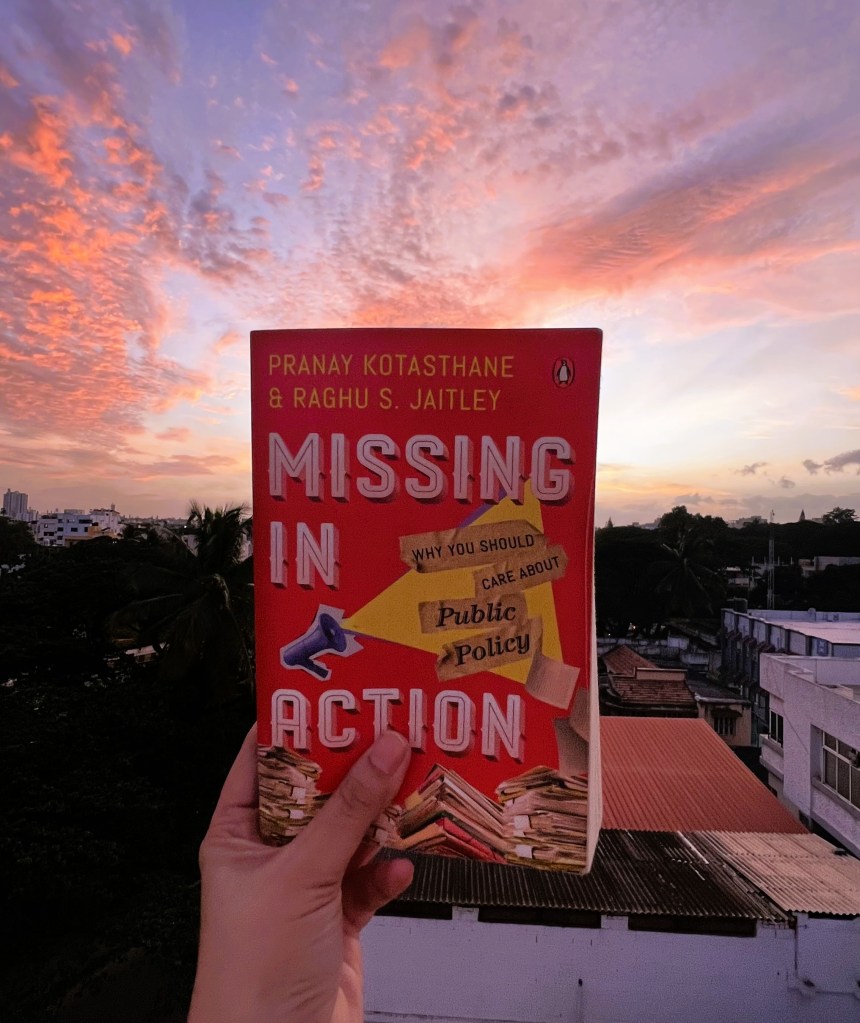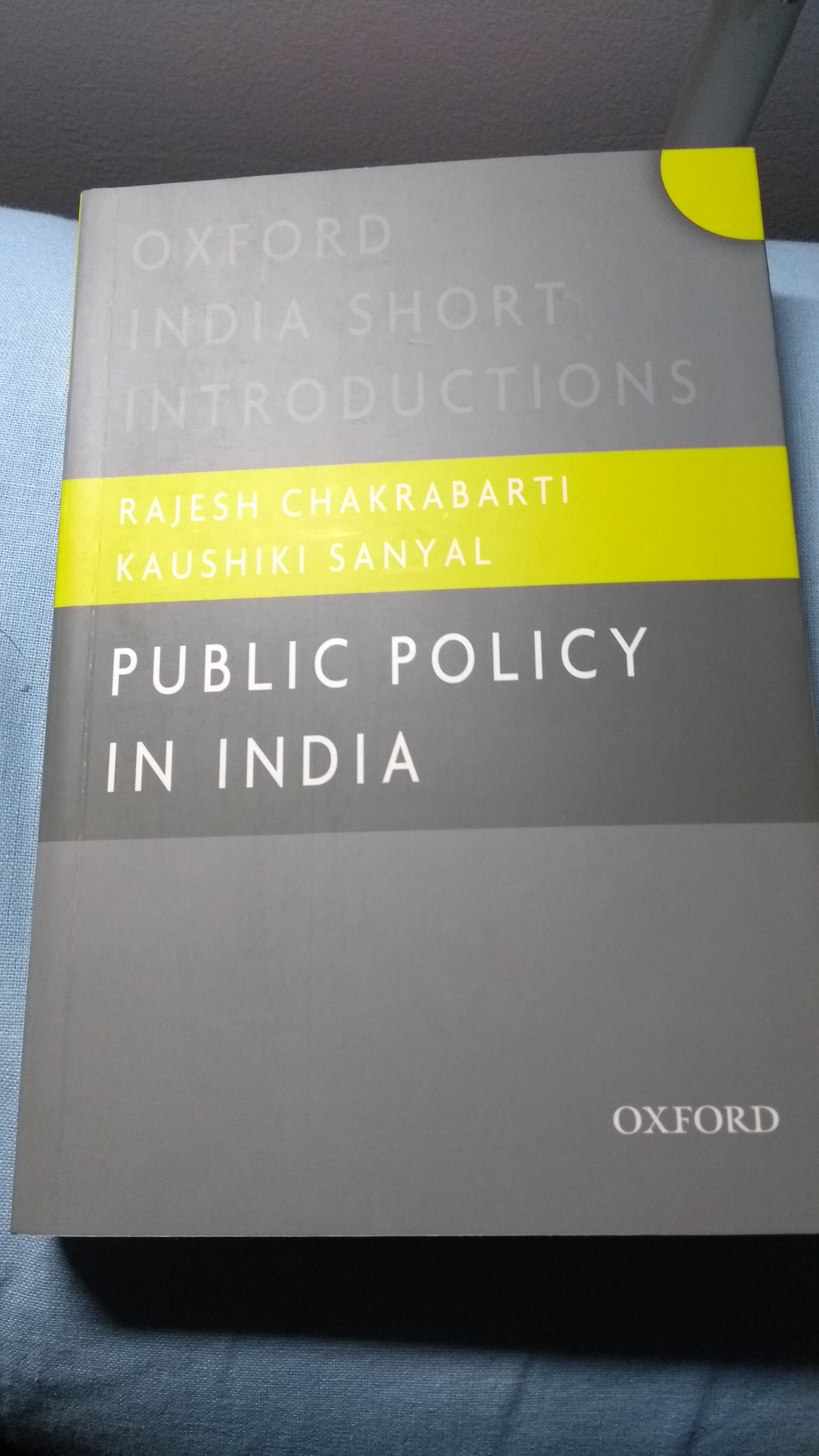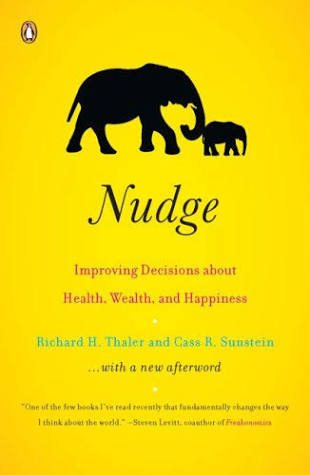
The core objective of public policy should be the welfare of the citizens” – Excerpt from Anticipating the Unintended Newsletter
Before I review this important book on public policy, let me tell you an interesting story of my childhood and how the Indian state was all around me, similar to the childhood of Jaitley, one of the authors of this book. My childhood was spent in this government quarter located in a block of Deoria district in Uttar Pradesh. My Amma (grandmother) was a government officer there for more than 20 years. The block is demarcated as an administrative unit under the government of India for the purpose of governance. I still have this fading memory of the event occurring twice in a year during my stay with my grandmother: once on Republic day and another on Independence day.
So whenever Independence Day or Republic Day came, every employee prepared for it for many days before. They cleaned the whole place. Grasses were trimmed. Gutka stains were removed. Whitewashing was also done sometimes. All government officials wore their best clothes and reached the office on time (only these two days ) to participate in the function. I had no choice but to accompany Amma to these functions. She never said anything, but there was this unspoken rule for all kids to attend and participate in these functions and be present when officers were talking about the freedom struggle, contributions of leaders like Gandhi, Nehru, Ambedkar, Patel, Sarojini Naidu, etc. Interestingly, my mind was focused on the laddu and samosa, which were distributed at the end of the functions. That was the only incentive I used to attend these functions. Now that I look back, it feels like those speeches really made an impact on my life, so much so that I had one and only dream of being part of the Indian Civil Services. However, later in my life, I could understand the limitations of the State machinery and how it is also a creature of its circumstances and the people who are at the helm.
Public Policy seems like a subject for intellectuals and out of reach for people of other disciplines. Also, it can be a little boring for some, but the thing is that public policies are everywhere. What do you eat? Where did you study? Where are you working? Whom you are getting married to? Every decision and action are somehow interlinked with public policies, as the book adds: ‘context is king in public policy’.
The book, “Missing in Action: Why You Should Care About Public Policy” by Pranay Kotasthane and Raghu Sanjay Jaitley tries to make Public Policy interesting by using relevant examples. Its clever interlinking of the policies of the Indian state with Bollywood’s songs and movies of various times makes it relatable for common people to understand the complicated concepts about the Indian state, market, and society. The idea of the book is to answer the question of why, what, and how the Indian state works. This book, along with another profound book, In Service of the Republic by Vijay Kelkar and Ajay Shah, should be included in the curriculum of every college running public policy courses in India. The best thing about the book written by Kotasthane and Jaitley is its reliability, simple language, and examples given from the Indian context to explain the concepts. The authors’ use of first-principle thinking and providing the context and historical reasons behind every concept have made it an easy read for a subject that is inter-disciplinary in nature.
The book is divided into three parts: Sarkaar (State), Bazaar (Market), and Samaj (Society). These three important forces play a crucial role in policy making, implementation, and execution. Each part has different chapters that deep dive on the roles of state, market, and society and their interplay among them. Kotasthane and Jaitley bust some myths about politics and public policy before diving into three parts of the book.

Indian State: Mai Baap Sarkar
Sadak, tum ab aayi ho gaon, Jab sara gaon shahar ja chuka hai”- Mahesh Punetha
This part focuses on educating the reader on why the Indian State is the way it is and what it does. The authors discuss the origins of the idea of the state in general and the ‘Indian State’ in particular. They both feel that thrusting the responsibility of social revolution on the state by the Constitution of India was a revolutionary step. However, it overburdened the state with responsibility for reforming society, which later turned the State into ‘mai baap sarkar’.
The Indian state became a nanny state because of the huge expectations and responsibilities thrust upon it by the constitution and the citizens. As the authors rightly put it, “it miserably failed at the task it was supposed to be doing : upholding law and order, policing, and providing basic public services due to its thrust on social reform”.
According to Kotasthane and Jaitley, the Indian State is a Republic of No, instinctive, still socialist, and focuses more on symbolism than substance. Rightly so, we are good at banning things, getting outraged because of flying kisses, movie scenes, or songs, and still thinking that the private sector is exploitative when there is hard evidence showing that 1991 economic reforms and privatisation pulled many people out of poverty. The government of the day will tell you to change your DP to support the ‘Har Ghar Tiranga Movement’ , when many other important things could have been done on this occasion. Some examples can be: don’t practice casteism, racism, sexism, etc., and some more practical ones like keeping your areas clean, helping others, or not using plastic, etc.
Bazaar (The Market)
This part talks about India’s economy and its interaction with markets and businesses. The Indian state and society both looked at the market with some suspicion because of historical reasons of colonial rule as well as the socialist ideas of our freedom fighters and early leaders. The market as well as the private sector have always been demonized until it reached a state of ‘hand to mouth’. At the brink of economic collapse, India went for economic reforms in 1991. Kotasthane and Jaitley argue for more economic growth to increase the economic pie since evidence suggests that every 1% GDP growth in India can take millions out of poverty. Economic growth is required to provide a dignified life for the people of this country.
It has many other useful concepts, such as the property rights system, opportunity cost neglect, cost-benefit analysis, marginal cost of public funds (MCPF), bans, and price controls by the state. The authors have thoroughly explained these concepts through examples from India. One such example is the problem of Delhi smog. You will be surprised to know that the government’s price signaling in terms of the minimum support price (MSP) for grains is one of the reasons why the capital city turns into a smog chamber every winter. If you are a student of policy or economics and find it difficult to understand economic jargon, you must read this section to get a better understanding of these concepts.
Samaj: Mere Angane Me Tumhara Kya Kaam Hai
This part delves into the challenges between the Indian state and society. Indian society was and has always been conservative and illiberal, considering all kinds of biases and discrimination practiced until today. Just read matrimonial ads published in any newspaper, and you will see how our society is still obsessed with caste, class, race, color, religion, and other factors that make them feel exclusive and superior. However, the Indian Constitution is a liberal document that talks about rights, freedom, and social justice. The friction was bound to happen and is still happening. The Indian state is ruled by the people who come from society, and they try their best to bend these rules, laws, and orders to practice societal norms and practices. They have always lived a double life: liberal while doing their job but conservative at home. This dichotomy changed after liberalisation because people were no longer dependent on the state for everything.
In this part, Kotasthane and Jaitley also discuss the so-called ‘population problem’. They are not hungry stomachs but enterprising brains. Poor governance rather than overpopulation is India’s biggest problem, according to the book. In the end, authors discuss narratives, development models, and finally the idea of India and how the discourse has shifted from finding the right solution for the overall development of the country to proving the other side wrong. However, the solution also lies in the people of India, its Constitution, and state, because India’s quest for destiny is still going strong. You, the reader, and the conscious citizens of this country are still determined to make this country a better place to live.

If you liked reading this post and gained something from it, please buy me a coffee by clicking the link below:


